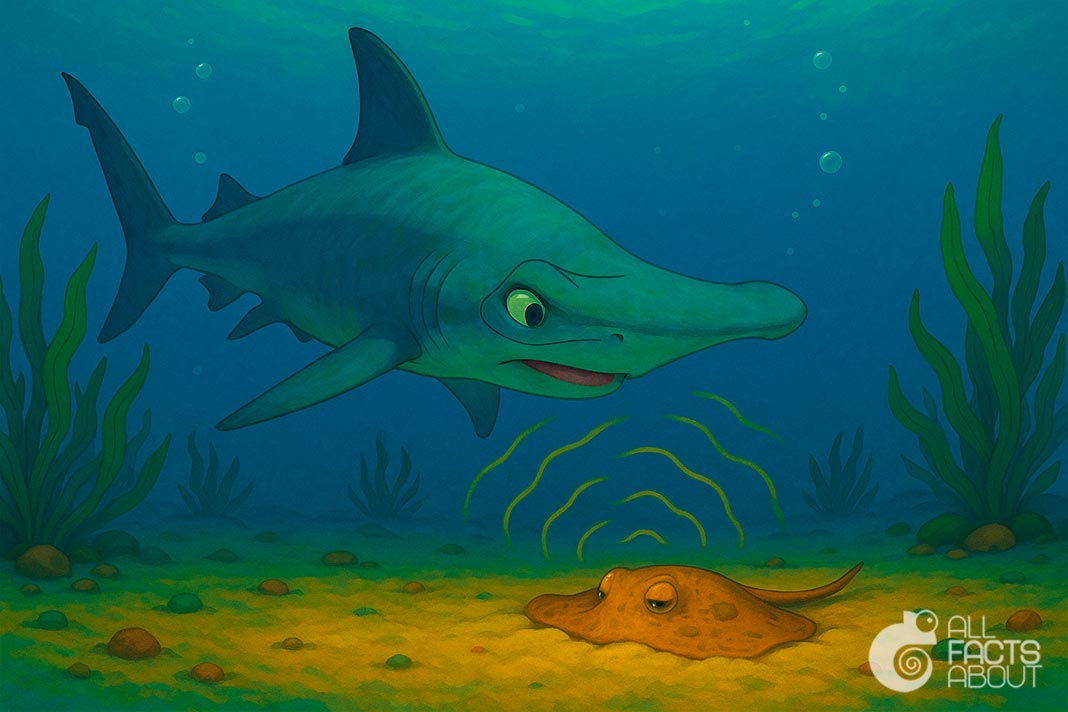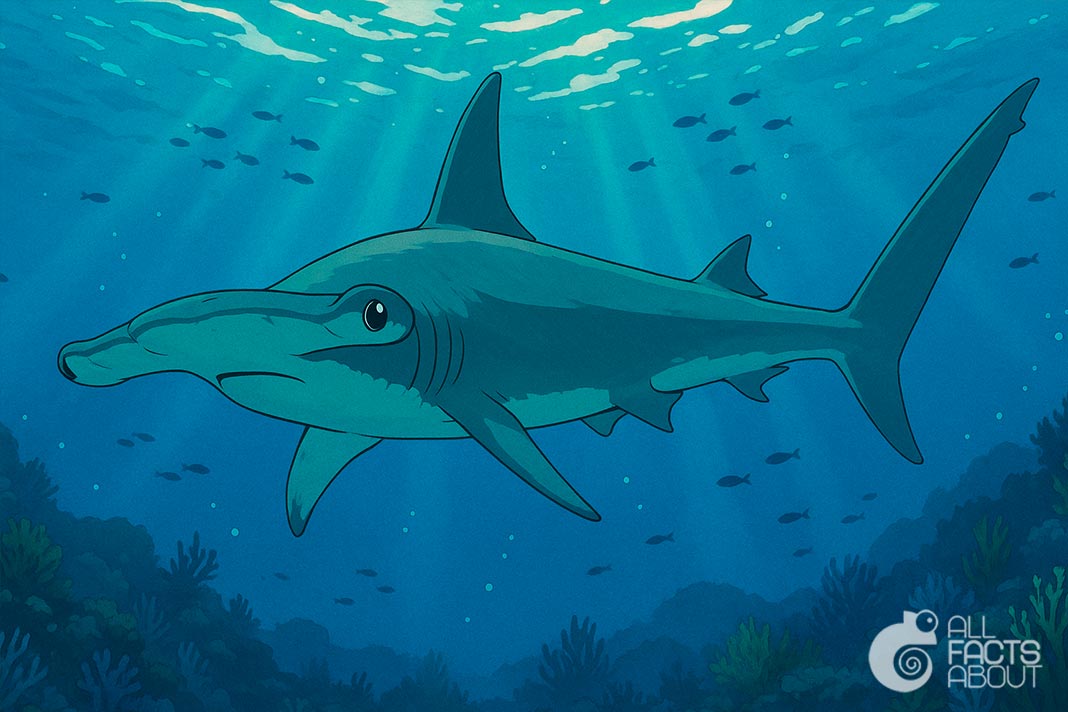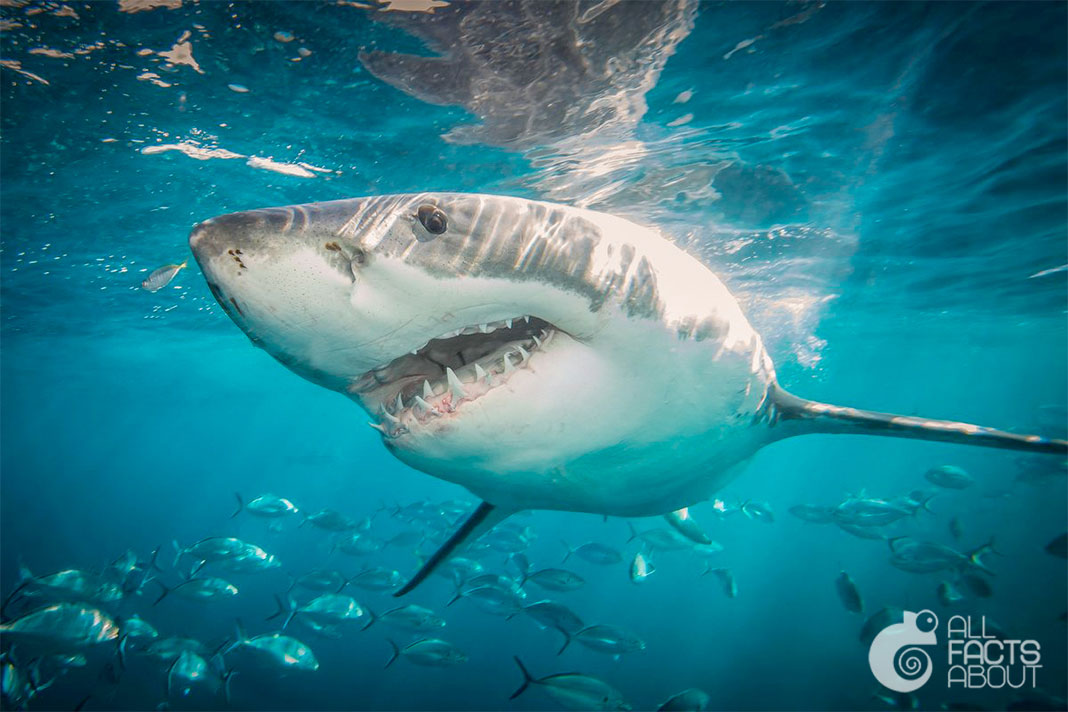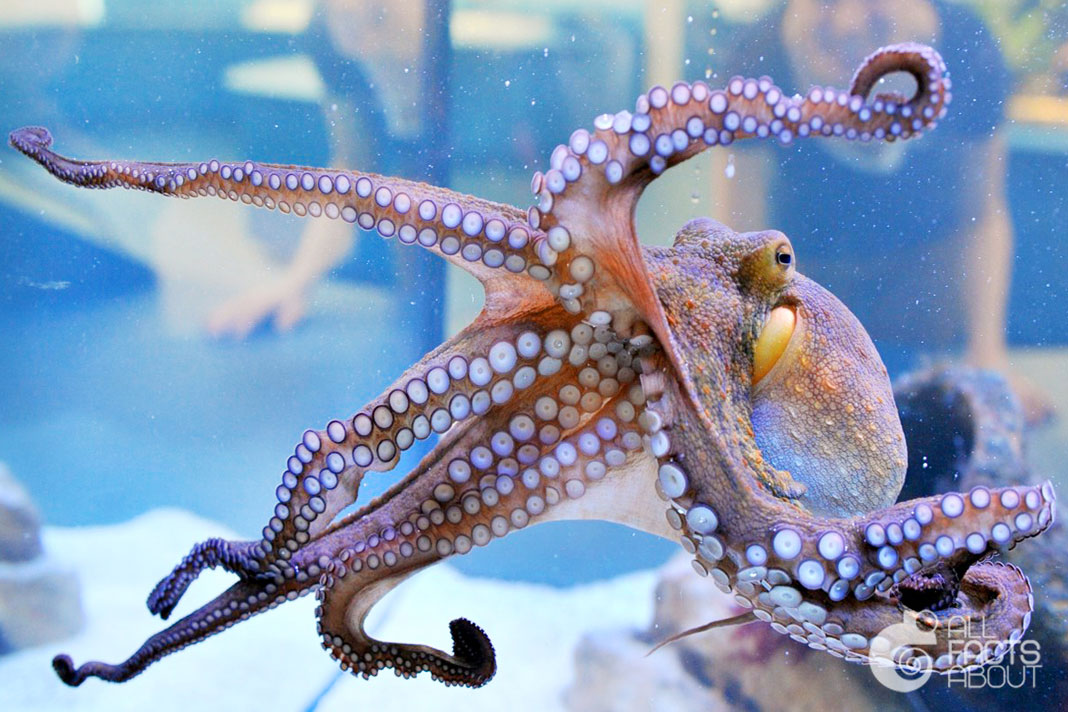Hammerhead sharks are one of the most recognizable creatures in the ocean thanks to their distinctive head shape, but there’s a lot more to these fascinating predators. Dive into the world of hammerheads and discover what makes them so unique.
1. The name "hammerhead" comes from the shark's unusual head shape, called a cephalofoil. This wide, flattened head looks like a hammer and gives the shark better vision and maneuverability in the water.
2. Hammerhead sharks have excellent 360-degree vision. Thanks to the placement of their eyes on the sides of their wide heads, they can see above, below, and all around them, giving them a serious advantage while hunting.
3. There are nine species of hammerhead sharks, with the great hammerhead being the largest. Great hammerheads can grow up to 20 feet (6 meters) long and weigh over 1,000 pounds (450 kilograms).
4. Their unique head isn’t just for looks — it helps them detect prey. Hammerheads use special sensors in their heads to find stingrays and other animals hiding beneath the sand on the ocean floor.
5. Hammerhead sharks can detect electrical signals given off by other animals. This ability, known as electroreception, helps them hunt in murky waters and find hidden prey with incredible accuracy.

Hammerhead sharks sense the electric signals emitted by other animals.
7. Hammerhead sharks often swim in schools during the day, sometimes in groups of hundreds. This schooling behavior is rare among sharks and may help protect them from predators or improve hunting success.
8. Hammerheads eat a variety of prey, including fish, squid, octopuses, and crustaceans. Their favorite meal, however, is stingrays — they use their wide heads to pin them to the seafloor before biting.
9. Depending on the species, a female can give birth to a litter of 6 to 50 pups. The babies are independent from birth and swim away immediately to avoid being eaten, sometimes even by their own mother.
10. The skin of hammerhead sharks is covered in tiny tooth-like structures called dermal denticles. These help reduce water resistance, allowing the shark to swim faster and more silently while hunting.
11. Despite their fearsome reputation, hammerhead sharks rarely pose a threat to humans. Attacks are very uncommon and usually occur when the shark is either curious or confused.




